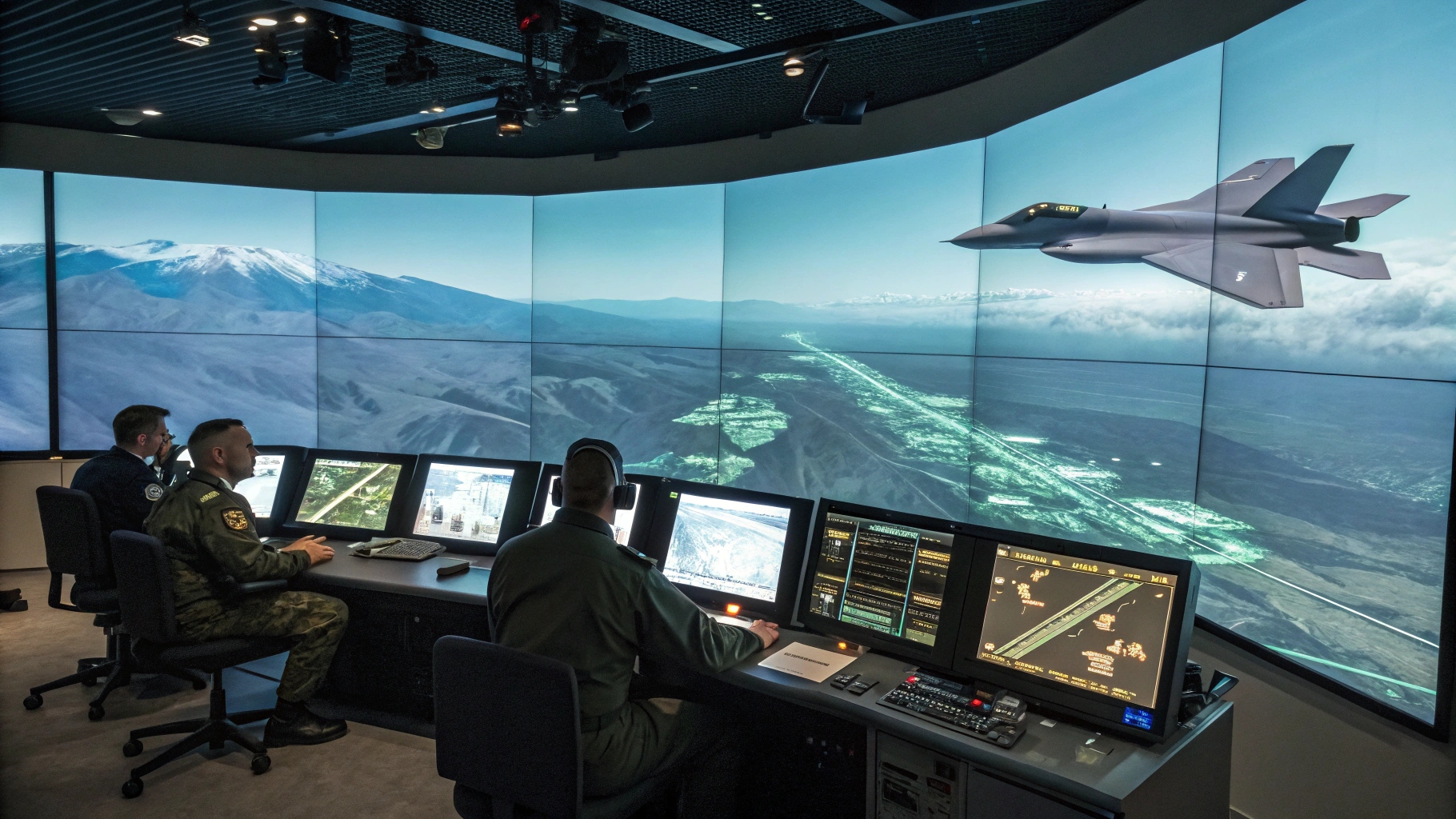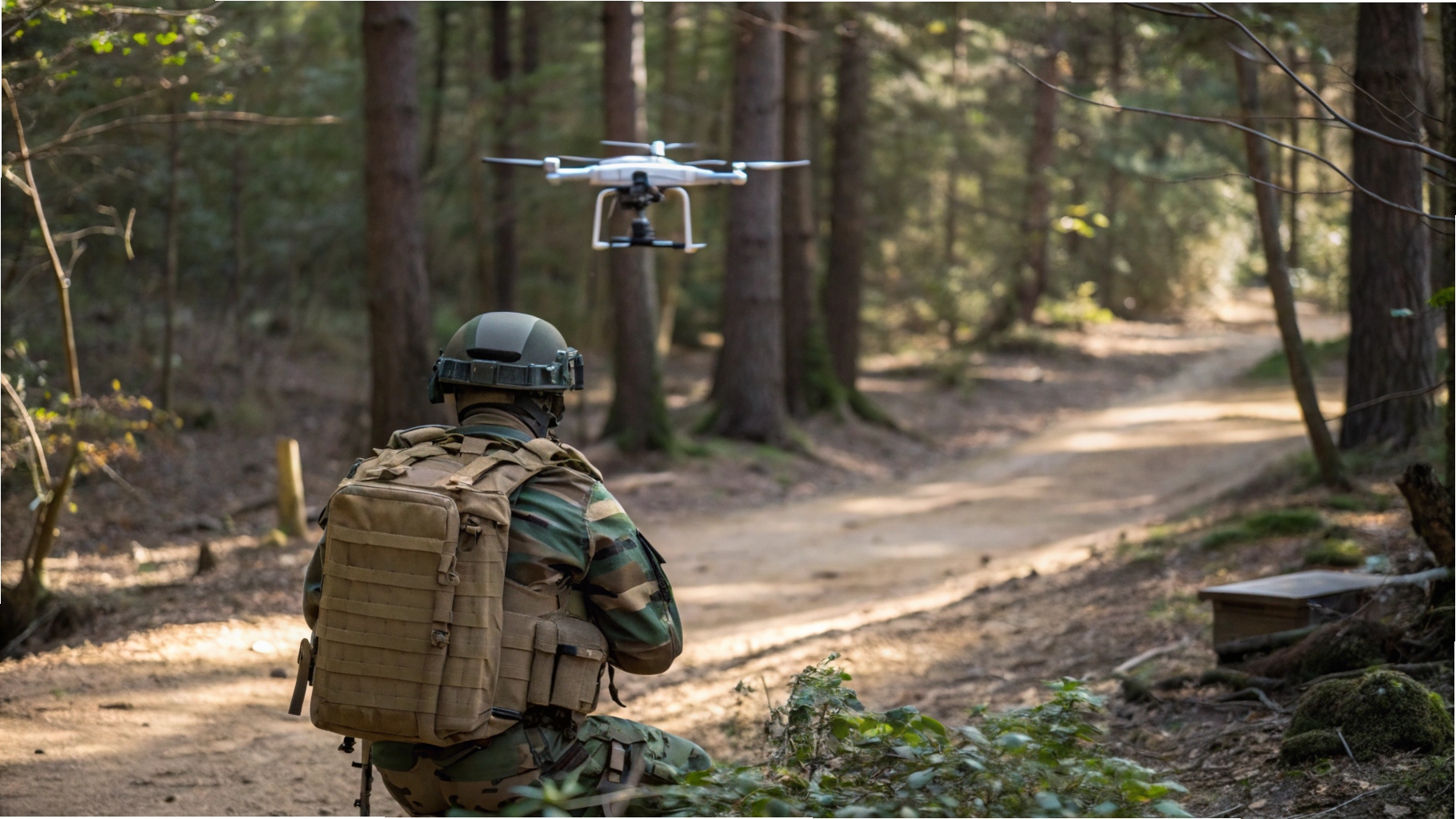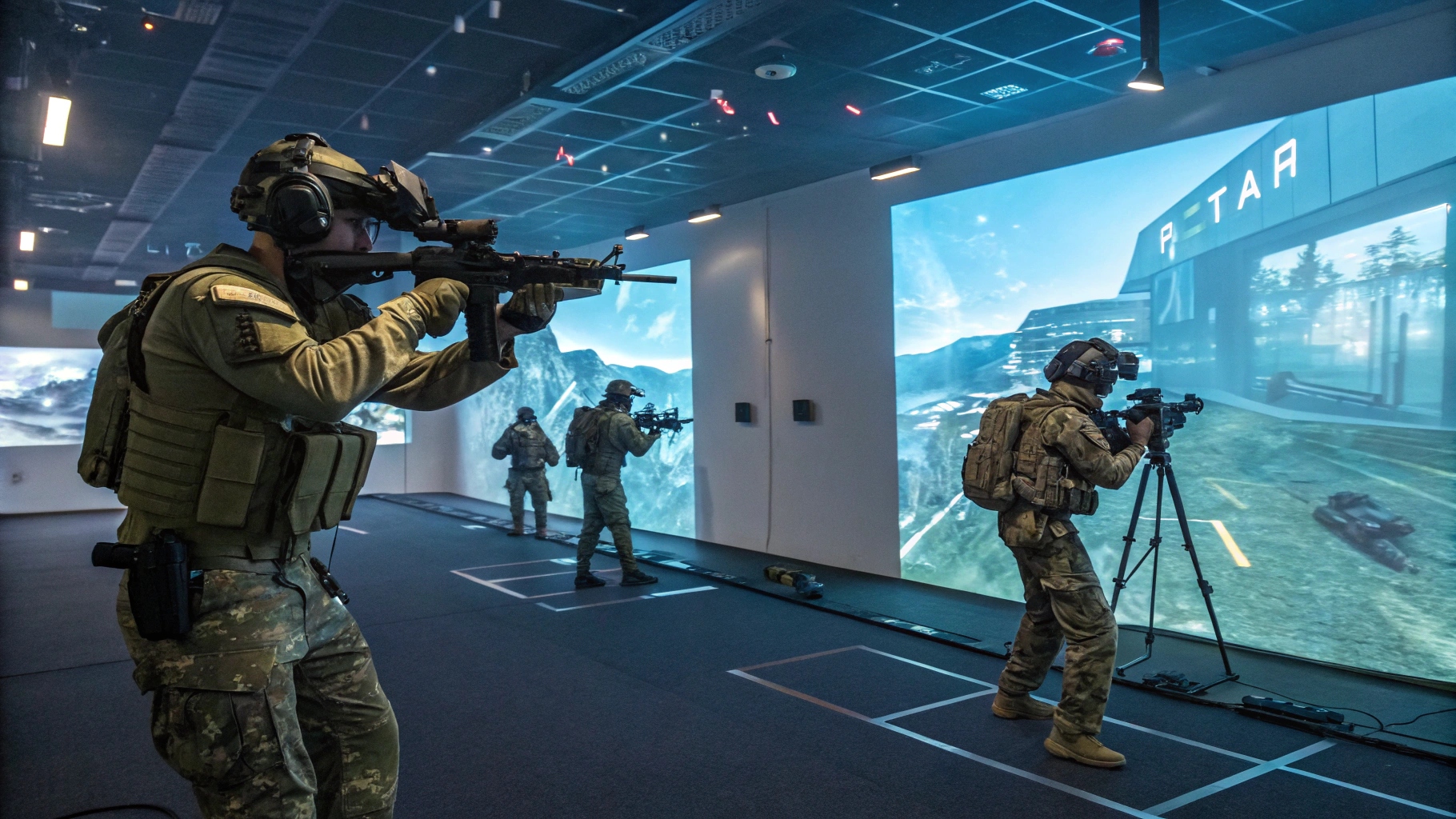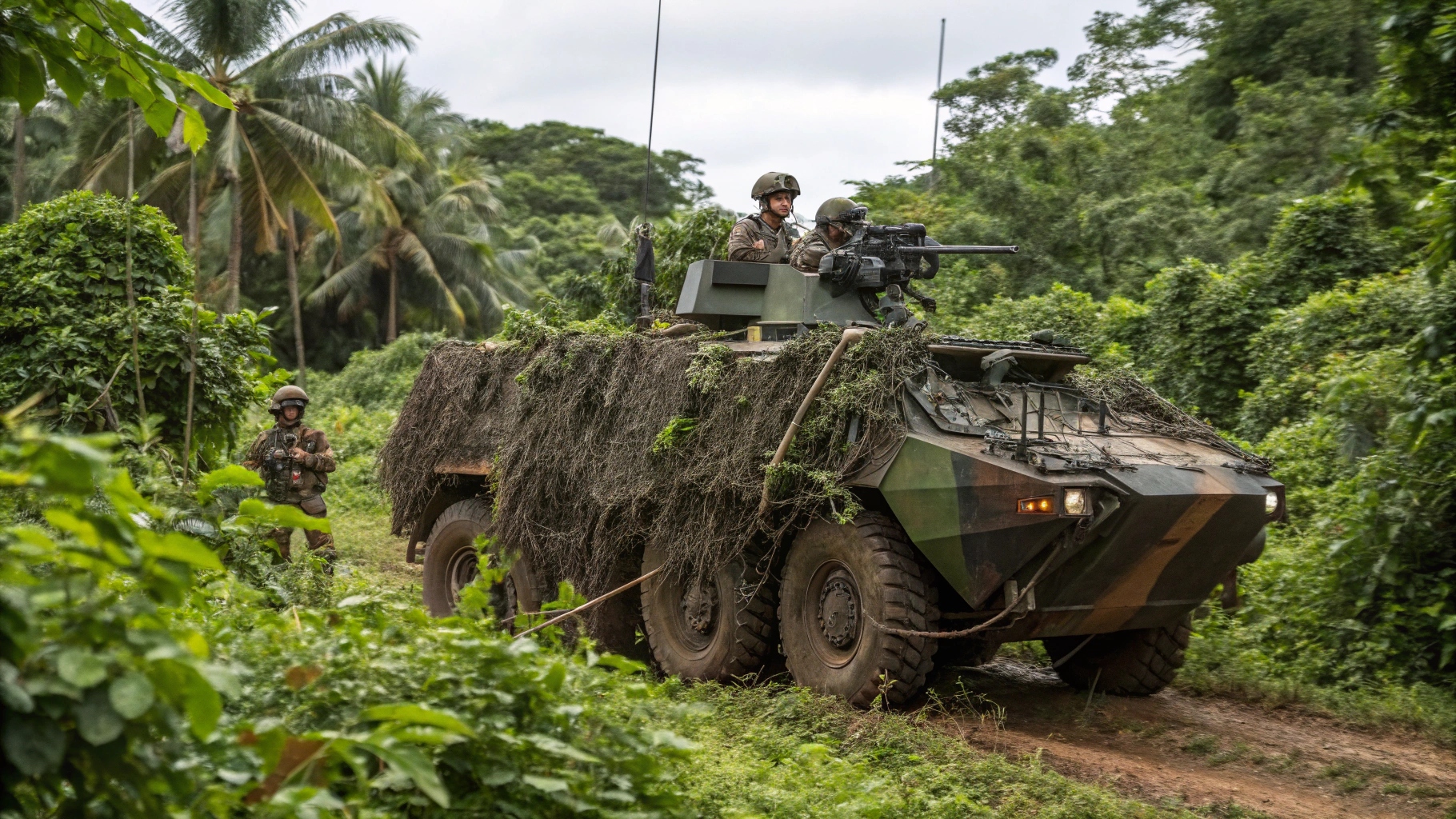
South Korea has completed the first stage of deploying the second phase of its Cheongung-II air defense system, a next-generation solution capable of neutralizing both aerial and ballistic missile threats.
An evolution of the original Cheongung system introduced in 2015, Cheongung-II reflects South Korea’s commitment to enhancing homeland air defense through indigenous development and strategic upgrades.
The first batch of Cheongung-II units entered service in 2024, with full-scale deployment of phase two expected by 2027. The system offers a strike radius of 40 kilometers (25 miles) and can intercept targets at altitudes reaching 15 kilometers (9 miles).
Upgrades in Focus
The second phase brings critical enhancements, including the integration of advanced multifunction radar systems and revamped engagement control centers. These upgrades provide improved low-altitude coverage and enable simultaneous tracking and targeting of multiple threats—ideal for countering swarm or saturation attacks.
Rather than build a new system from scratch, South Korea opted for an incremental upgrade path, significantly reducing cost. The second-phase improvements were achieved for about 645 billion won ($467 million), delivering modernized capabilities within a controlled budget.
Strategic Integration within KAMD
Cheongung-II serves as a key component of the Korea Air and Missile Defense (KAMD) network, designed to form a layered shield against the growing ballistic threat from North Korea.
KAMD forms one axis of South Korea’s overarching defense doctrine, alongside the Kill Chain (preemptive targeting system) and the Korea Massive Punishment and Retaliation (KMPR) strategy. Together, these pillars support a robust national defense posture built to detect, deter, and defeat potential missile attacks across all altitude bands.




























